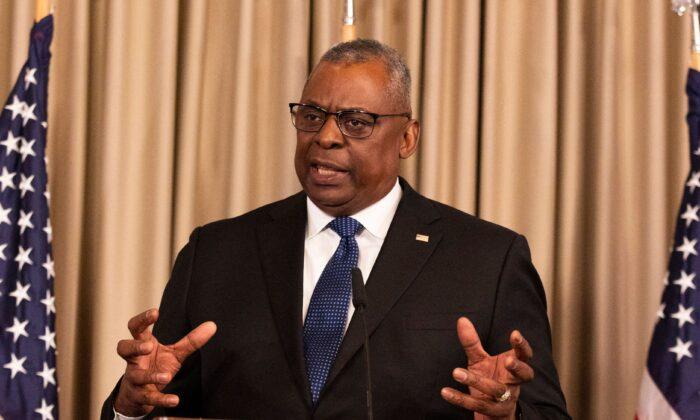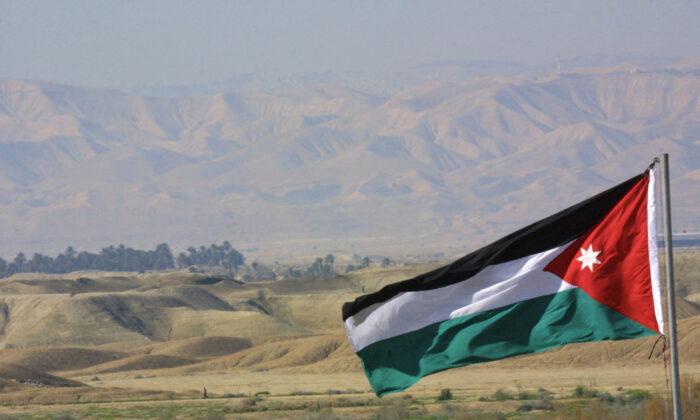Leading allies of Kyiv are slated to meet Friday in Germany as pressure mounts on Berlin to provide the Ukrainian military with German-made Leopard combat tanks.
Russian sources, meanwhile, continue to report battlefield gains following the Jan. 10 capture of Soledar, a salt-mining town in the Donetsk region.
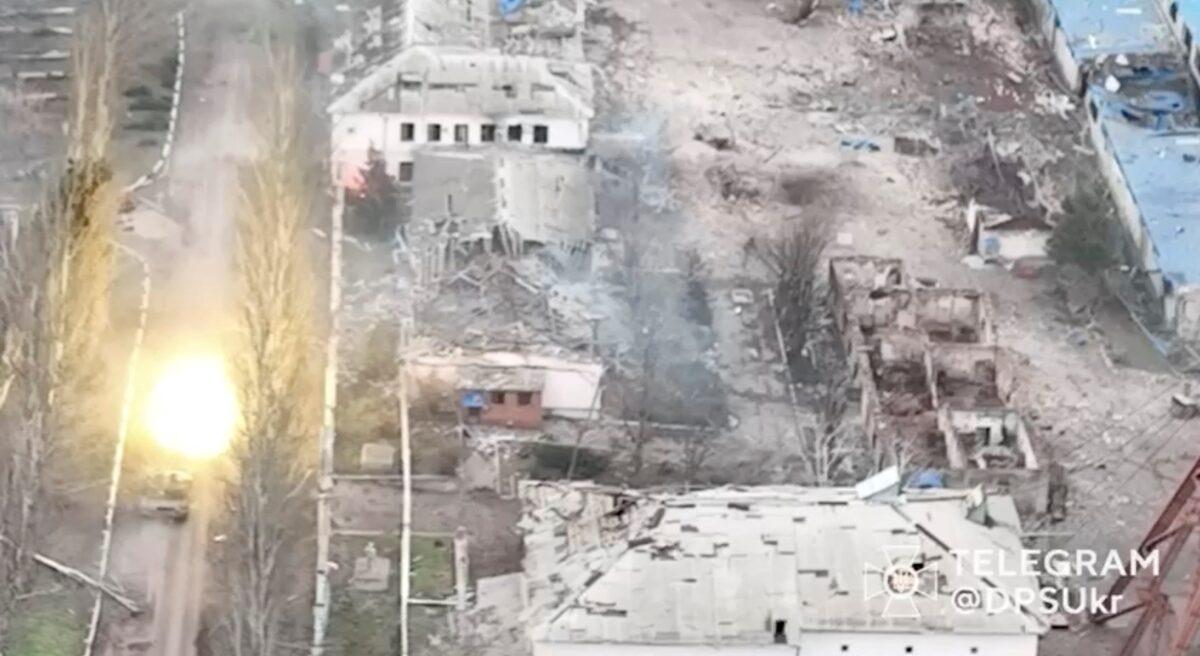
New German Defense Chief Vows Support
Only hours after being sworn in on Jan. 19, Boris Pistorius, Germany’s newly-appointed defense minister, hosted talks with his U.S. counterpart, Defense Secretary Lloyd Austin.During the meeting, Austin reportedly urged Pistorius to approve the delivery of German combat tanks to Ukraine.
Poland and Finland have both pledged to send Leopard tanks, which are widely used by NATO-aligned armies, if Berlin greenlights the move.
The United Kingdom promised to give Ukraine 14 of its Challenger 2 main battle tanks and a range of other advanced offensive equipment. If fulfilled, it would be the first delivery of western-made tanks to Ukraine since Russia invaded the country almost 11 months ago.
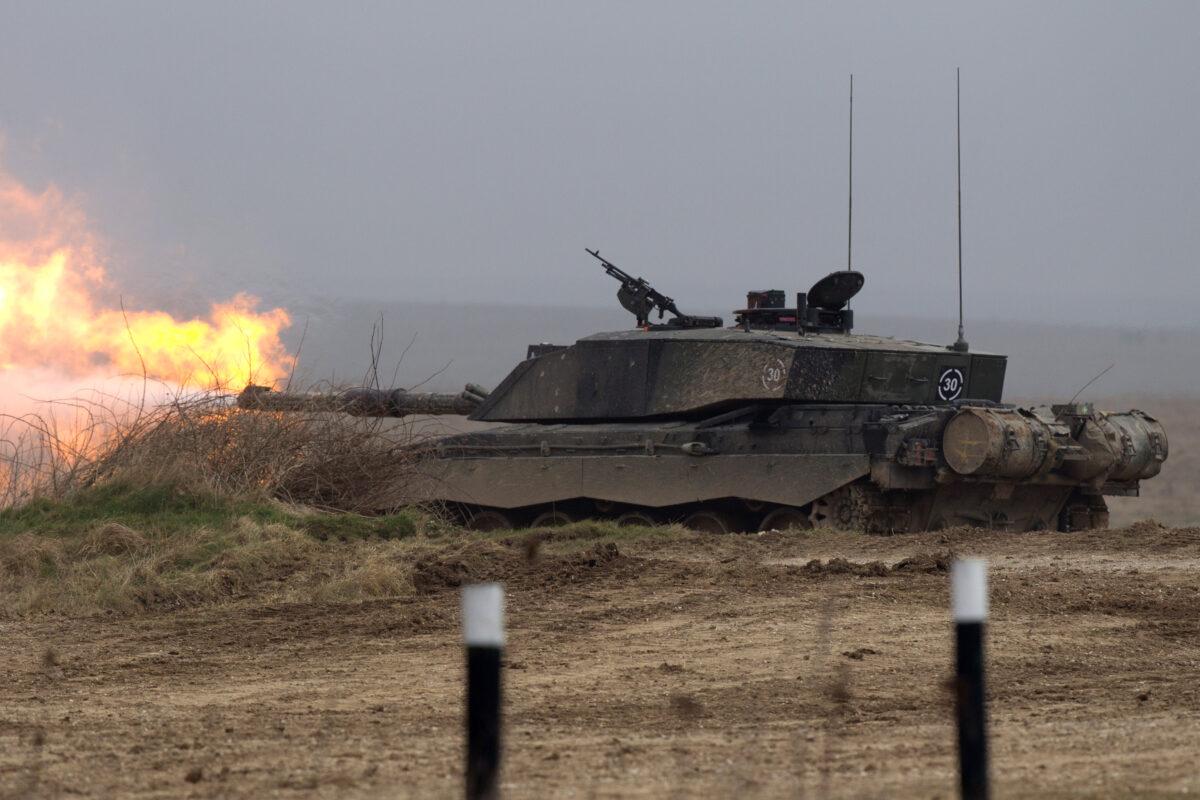
Allies Meet in Germany
In Germany, the issue of sending tanks to Ukraine has proven contentious, with Berlin slow to approve the move.Christine Lambrecht, Pistorius’ predecessor, resigned on Monday amid mounting pressure on her and her government to approve tank deliveries. The Kremlin, for its part, has warned that western-supplied tanks would “burn” on the field and fail to turn the tide of battle.
After meeting with Austin, Pistorius stressed his country’s continued support for Ukraine “in its struggle for freedom and territorial independence and sovereignty.”
He did not, however, mention the sought-after tank deliveries.
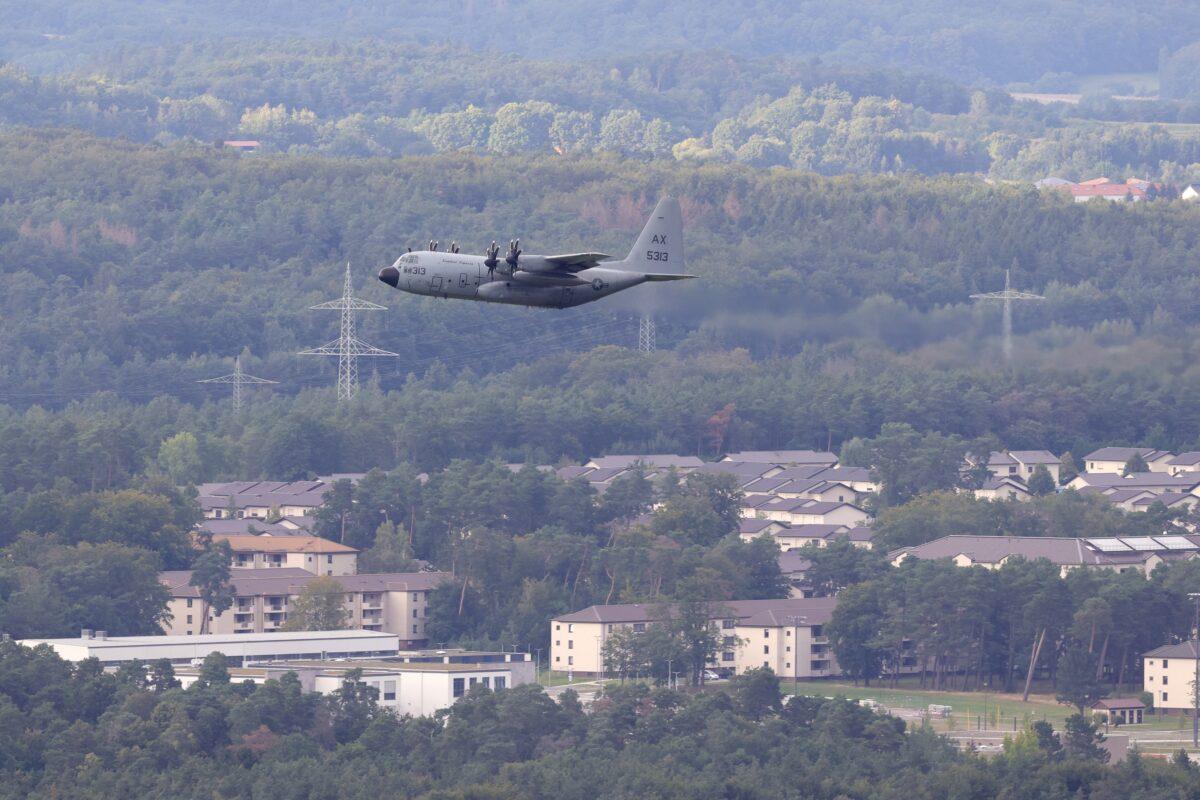
Russia Claims More Gains in Donetsk
Meanwhile, Russian sources continue to report gains on the battlefield, especially in the Donetsk region.In September, Moscow incorporated Donetsk–and three other regions of Ukraine–into the Russian Federation. Encouraged by its powerful allies, Kyiv has vowed to recover all lost territories.
Russian forces fighting in Donetsk include the Donetsk People’s Militia and the Wagner Group, a paramilitary organization directed by the Kremlin.
On Jan. 19, Wagner chief Yevgeny Prigozhin claimed his forces had captured Klishchiivka, a village near the strategic town of Bakhmut, which has long been the scene of fierce fighting.
“We can safely say that the settlement of Klishchiivka … has been completely taken under the control of Wagner PMC units,” Prigozhin said in a statement.
On Jan. 20, the Russian Defense Ministry also asserted that Russian forces had captured Klishchiivka.
The Epoch Times was unable to verify the assertions.
Klishchiivka is located roughly 6 miles south of Bakhmut (Artyomovsk in Russian), a key transport hub for Ukrainian forces.
Control of Klishchiivka could pave the way for Bakhmut’s encirclement, thereby trapping Ukrainian forces in what Russian strategists call a “cauldron.”
Last week, Russian forces overran the town of Soledar, located roughly 5 miles northeast of Bakhmut.
According to military experts, the fall of Bakhmut would disrupt Ukrainian supply lines and pave the way for a Russian advance on key Ukrainian positions to the northwest.
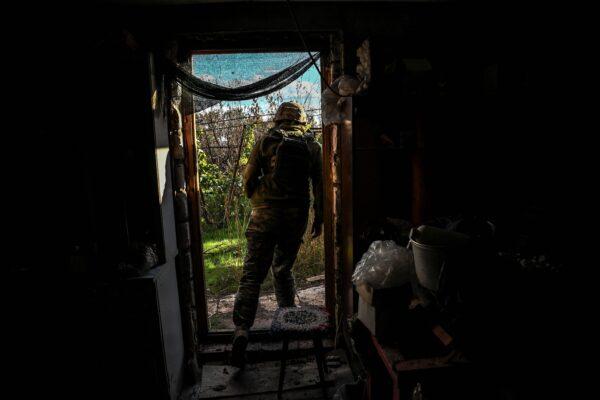
No Quick Fix in Bakhmut: Wagner Chief
According to a commander of the Moscow-backed Luhansk People’s Militia, Bakhmut is now surrounded on all but one side by Russian forces.“Bakhmut is close to operational blockade,” Apty Alaudinov said in televised comments on Jan. 19.
He added: “The enemy is pinned down from all sides.”
The Wagner Group’s Prigozhin, however, dismissed reports that Ukrainian troops were now in the process of “fleeing” the town.
“Contrary to various opinions that Ukrainian forces are fleeing Bakhmut, this is not so,” he said, adding that Ukrainian troops in the area were well-entrenched.
As of the time of writing, officials in Kyiv had yet to respond to Russia’s purported battlefield gains.
